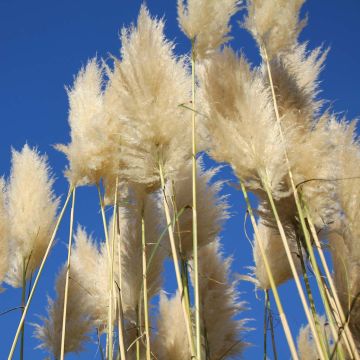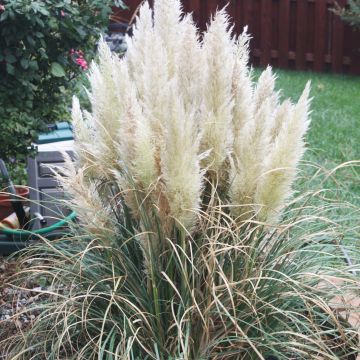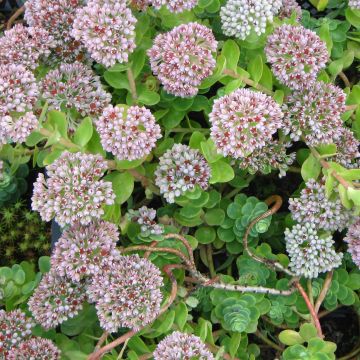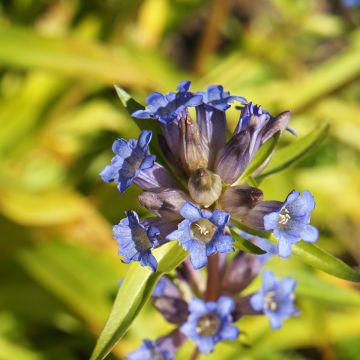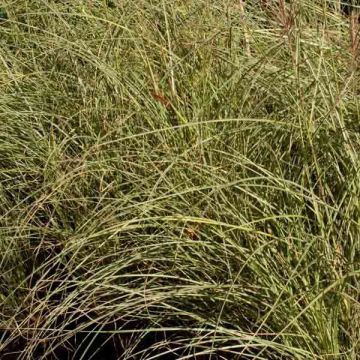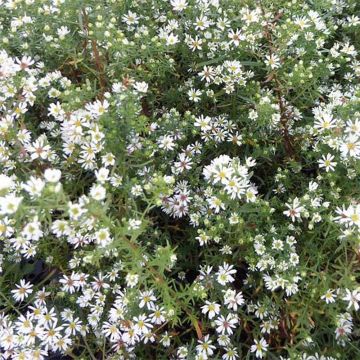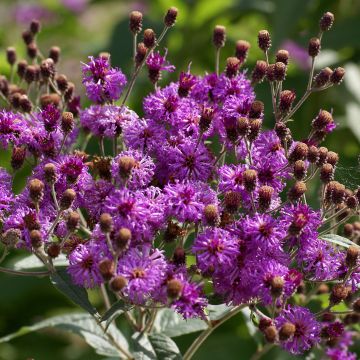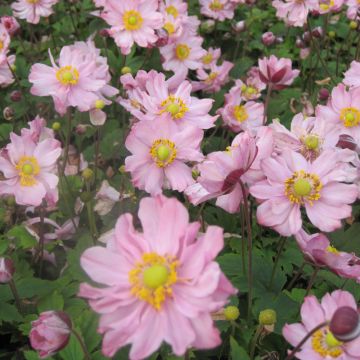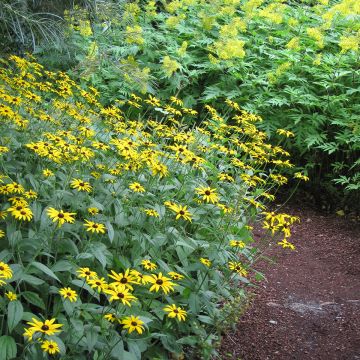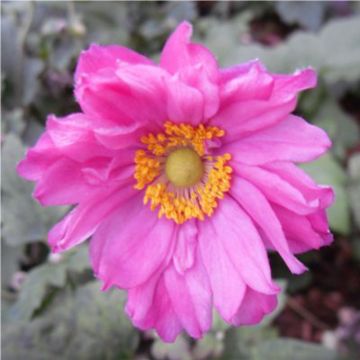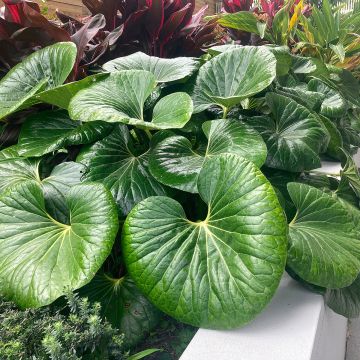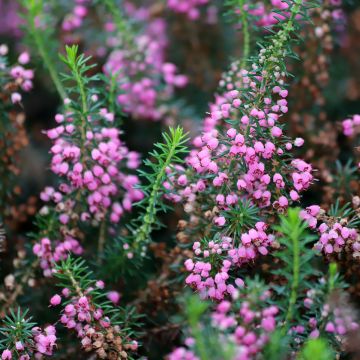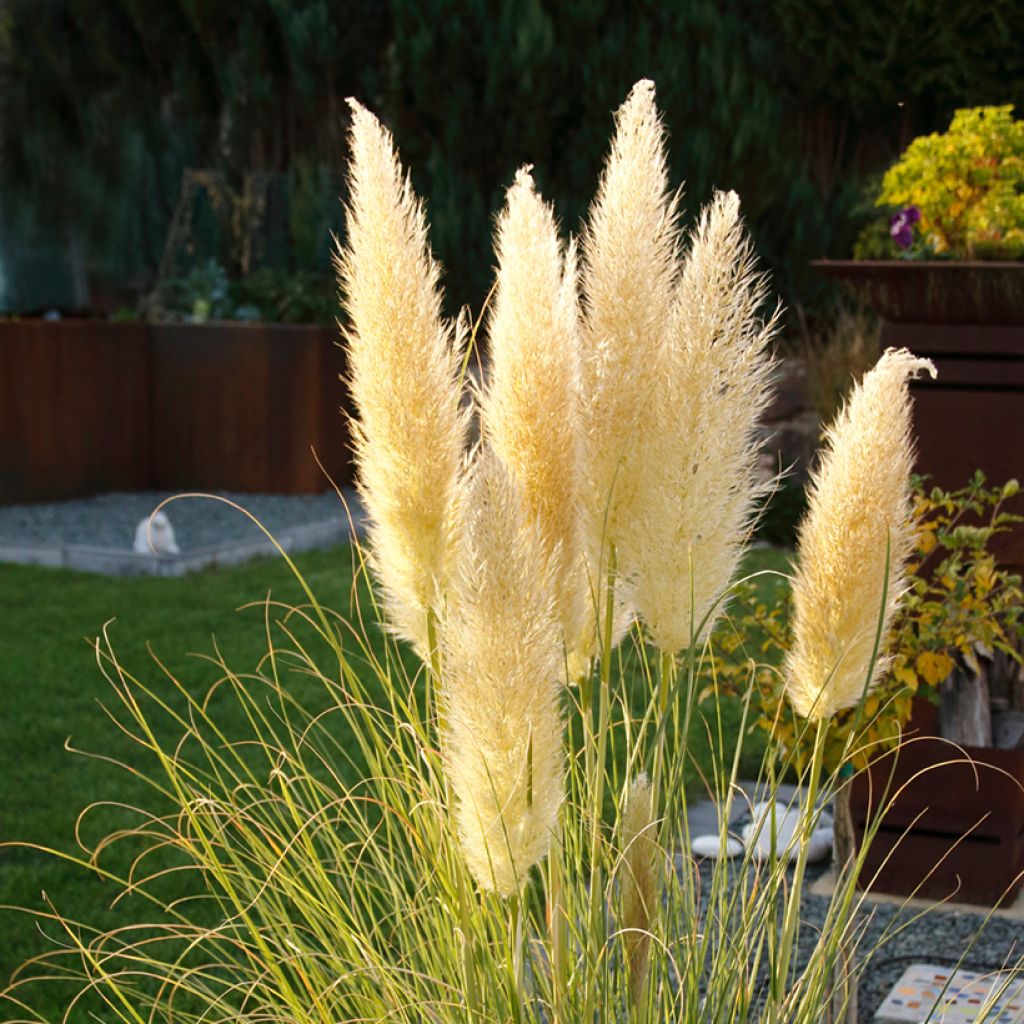

Cortaderia selloana Mini Pampas - Herbe de la pampa compacte
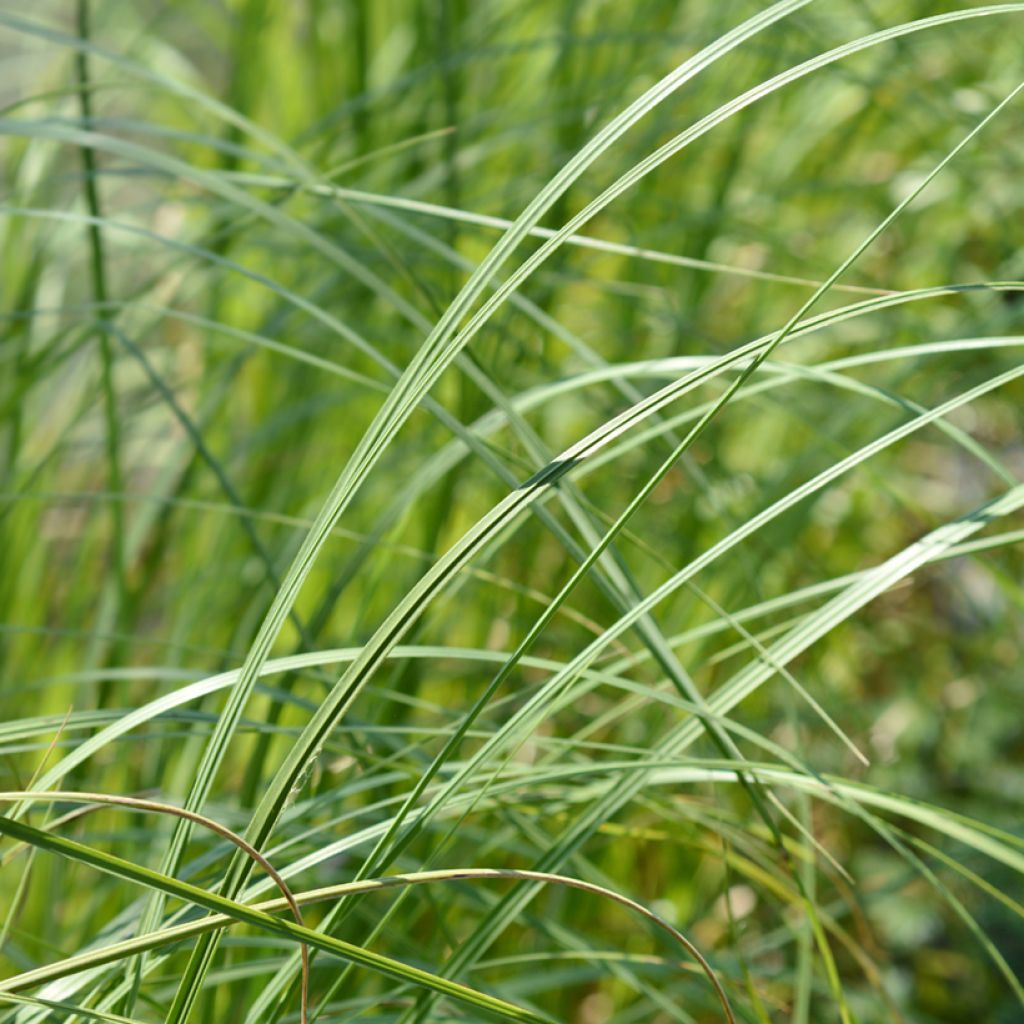

Cortaderia selloana Mini Pampas - Herbe de la pampa compacte
Cortaderia selloana Mini Pampas - Pampas Grass
Cortaderia selloana Mini Pampas
Pampas Grass
The pampas spikes are magnificent, lush and well protected, and the roots are clean and moist, transplant on the same day. Looking forward to seeing the first flowers.
Corentin, 13/06/2023
This plant carries a 12 months recovery warranty
More information
We guarantee the quality of our plants for a full growing cycle, and will replace at our expense any plant that fails to recover under normal climatic and planting conditions.
From €5.90 for pickup delivery and €6.90 for home delivery
Express home delivery from €8.90.
Does this plant fit my garden?
Set up your Plantfit profile →
Description
IMPORTANT: for the preservation of our natural ecosystems, we have removed this plant from our catalogue as it is considered invasive. Therefore, it is no longer available for sale.
The Cortaderia selloana 'Mini Pampas' is the leader of a line of pampas grasses that are small in size but floriferous and hardy, making them ideal for small gardens or terrace decoration. This selection forms a beautiful dense clump of thin leaves, from which numerous plume-like and silky white panicles emerge in late summer. This pretty perennial grass is as easy to grow as the classic pampas grass.
The Cortaderia selloana Mini Pampas is a recent horticultural variety. It is derived, among others, from a highly ornamental large grass also known as Gynerium or Cortaderia argentea, belonging to the Poaceae family. This plant is native to South America, specifically Argentina and Brazil, where it abundantly colonises the edges of roads and trails, stream banks and fallow lands. This species is characterised by its great adaptability to the soil it inhabits, accepting both occasionally waterlogged and semi-arid conditions in subtropical climates. It is a dioecious plant, meaning there are male and female plants. It has given rise to numerous cultivars, with varying degrees of hardiness.
The 'Mini Pampas' variety is mainly distinguished by its reduced size, increased floribundance, and whiter flower heads compared to other types. This grass forms a tuft of linear, green, evergreen foliage, provided the winters are not too severe. The leaves are sharp, tough, and rustling. The mature plant will reach a height of about 1 m (3ft) when flowering, with a spread of 80 cm (32in) to 1 m (3ft). Its slightly arched habit somewhat resembles that of a fountain. Its beautiful flower heads appear in late summer, in August-September, at the centre of the tuft, in the form of large plume-like panicles that persist on the plant until at least November. They are borne on sturdy, cylindrical stems that are highly wind-resistant.
This large grass, which has been omnipresent in our gardens since the 1960s, needs no introduction. The only point that can perhaps be emphasised is the poor use that has been made of it. It is true that it looks a bit ridiculous, planted there all alone in the middle of a lawn, when it is so beautiful when used in mass plantings or among shrubs. Cortaderia selloana Mini Pampas forms elegant, luminous tufts that have a very exotic appearance. Truly undemanding, it adapts to all gardens, even small ones. Superb in mass plantings, its strong presence provides them with a beautiful structure and a lot of grace. It should be placed among red hot pokers, giant asters, or tall perennial sunflowers. In a wild and tousled atmosphere or a modern and minimalist one, it is fascinating to watch it play with the wind and bend under the rain showers. In urban areas, pampas grasses integrate well, with their pastel colours, they are ideal for softening angles.
Attention: The classic pampas grass, the botanical species, is invasive in certain regions. Escaping from gardens, it colonises fallow lands, sandy environments and wetlands, causing significant ecological disturbance. If you live in one of these affected areas, we recommend not planting it. It can be replaced by many other architectural grasses, such as panics or miscanthus.
Report an error about the product description
Cortaderia selloana Mini Pampas - Pampas Grass in pictures
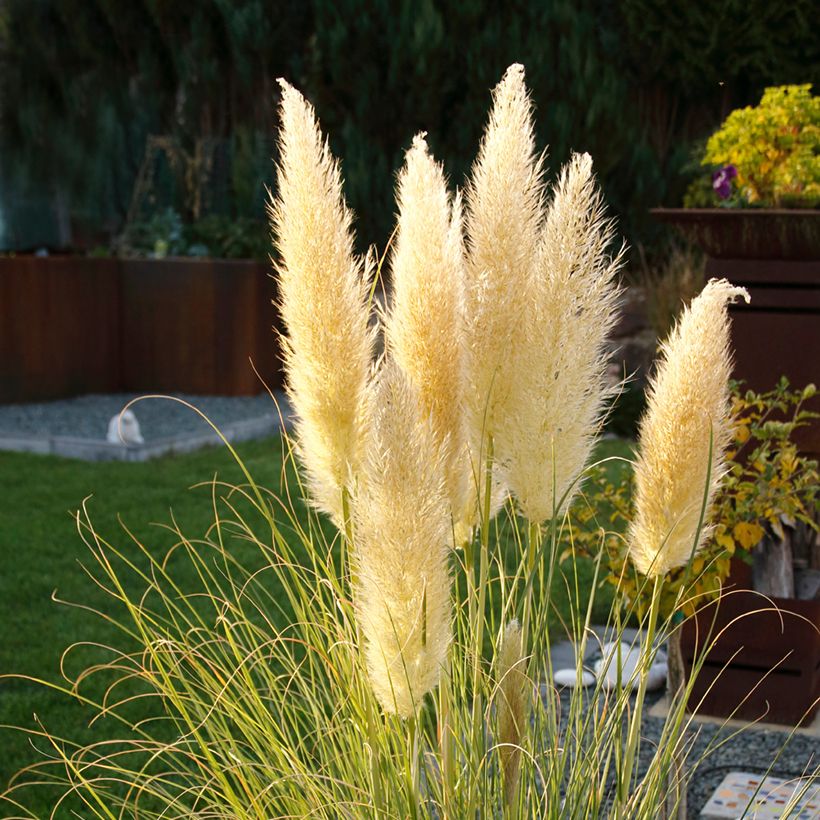

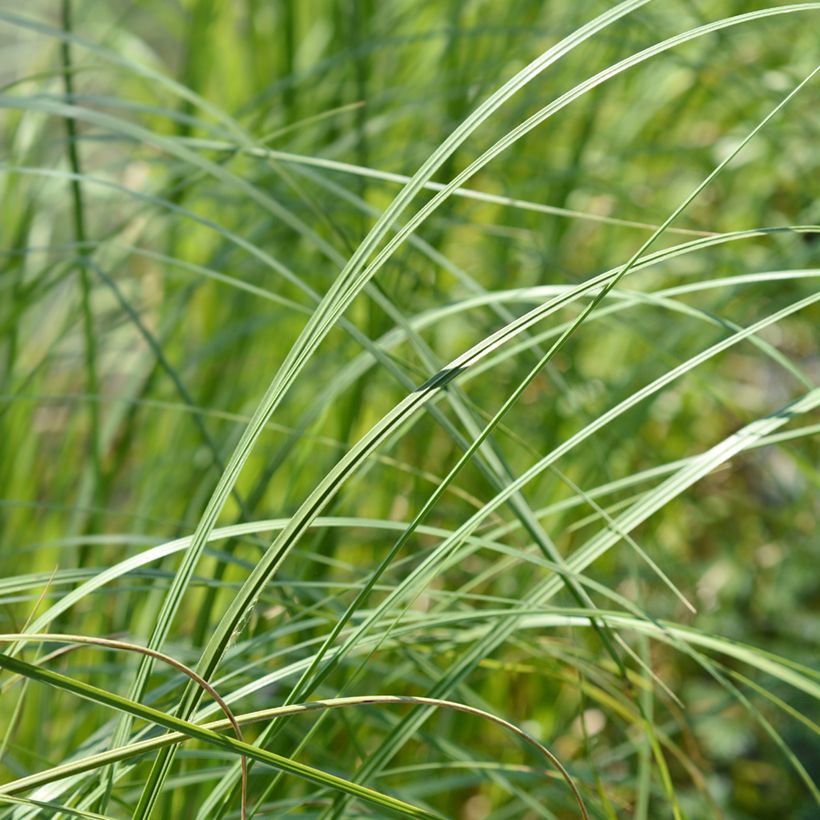

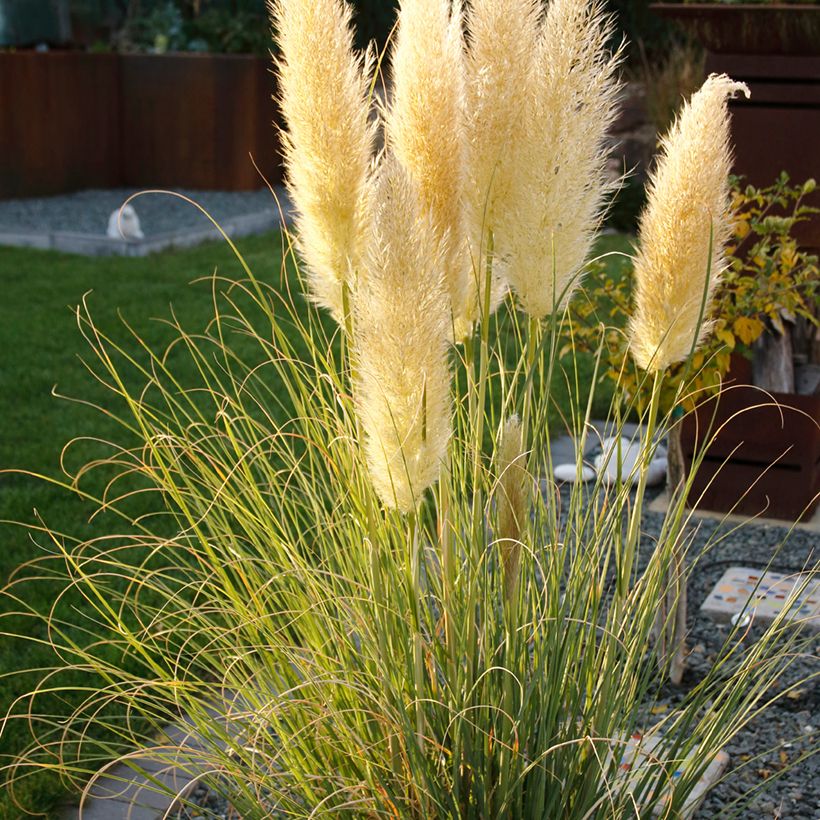

Flowering
Foliage
Plant habit
Botanical data
Cortaderia
selloana
Mini Pampas
Poaceae
Pampas Grass
Cultivar or hybrid
Other Cortaderia
Planting and care
Cortaderia selloana 'Mini Pampas' appreciates above all good sunshine. Ideally, place it in a fairly rich, fresh, but well-drained soil. However, it will be content with poor and mediocre soil, even salty, disliking heavy and compact soils, saturated with water in winter. Easy to grow, it tolerates limestone or salty soils perfectly. Water abundantly after planting. Then, water regularly during the first year. Once well rooted, this plant withstands dry summers very well.
At the end of winter (March to April), cut the dead leaves, but do not cut back all the foliage completely. Be careful, the leaves are sharp, it is better to protect your hands with thick gloves. A well-established adult plant can withstand temperatures down to -15°C at most. In colder regions, plant it in a sheltered location, in well-draining soil, and preferably in spring, for it to survive more severe frosts. Growing it in pots allows it to be protected from the strongest frosts in winter.
Planting period
Intended location
Care
-
, onOrder confirmed
Reply from on Promesse de fleurs
Late flowering perennials
Haven't found what you were looking for?
Hardiness is the lowest winter temperature a plant can endure without suffering serious damage or even dying. However, hardiness is affected by location (a sheltered area, such as a patio), protection (winter cover) and soil type (hardiness is improved by well-drained soil).

Photo Sharing Terms & Conditions
In order to encourage gardeners to interact and share their experiences, Promesse de fleurs offers various media enabling content to be uploaded onto its Site - in particular via the ‘Photo sharing’ module.
The User agrees to refrain from:
- Posting any content that is illegal, prejudicial, insulting, racist, inciteful to hatred, revisionist, contrary to public decency, that infringes on privacy or on the privacy rights of third parties, in particular the publicity rights of persons and goods, intellectual property rights, or the right to privacy.
- Submitting content on behalf of a third party;
- Impersonate the identity of a third party and/or publish any personal information about a third party;
In general, the User undertakes to refrain from any unethical behaviour.
All Content (in particular text, comments, files, images, photos, videos, creative works, etc.), which may be subject to property or intellectual property rights, image or other private rights, shall remain the property of the User, subject to the limited rights granted by the terms of the licence granted by Promesse de fleurs as stated below. Users are at liberty to publish or not to publish such Content on the Site, notably via the ‘Photo Sharing’ facility, and accept that this Content shall be made public and freely accessible, notably on the Internet.
Users further acknowledge, undertake to have ,and guarantee that they hold all necessary rights and permissions to publish such material on the Site, in particular with regard to the legislation in force pertaining to any privacy, property, intellectual property, image, or contractual rights, or rights of any other nature. By publishing such Content on the Site, Users acknowledge accepting full liability as publishers of the Content within the meaning of the law, and grant Promesse de fleurs, free of charge, an inclusive, worldwide licence for the said Content for the entire duration of its publication, including all reproduction, representation, up/downloading, displaying, performing, transmission, and storage rights.
Users also grant permission for their name to be linked to the Content and accept that this link may not always be made available.
By engaging in posting material, Users consent to their Content becoming automatically accessible on the Internet, in particular on other sites and/or blogs and/or web pages of the Promesse de fleurs site, including in particular social pages and the Promesse de fleurs catalogue.
Users may secure the removal of entrusted content free of charge by issuing a simple request via our contact form.
The flowering period indicated on our website applies to countries and regions located in USDA zone 8 (France, the United Kingdom, Ireland, the Netherlands, etc.)
It will vary according to where you live:
- In zones 9 to 10 (Italy, Spain, Greece, etc.), flowering will occur about 2 to 4 weeks earlier.
- In zones 6 to 7 (Germany, Poland, Slovenia, and lower mountainous regions), flowering will be delayed by 2 to 3 weeks.
- In zone 5 (Central Europe, Scandinavia), blooming will be delayed by 3 to 5 weeks.
In temperate climates, pruning of spring-flowering shrubs (forsythia, spireas, etc.) should be done just after flowering.
Pruning of summer-flowering shrubs (Indian Lilac, Perovskia, etc.) can be done in winter or spring.
In cold regions as well as with frost-sensitive plants, avoid pruning too early when severe frosts may still occur.
The planting period indicated on our website applies to countries and regions located in USDA zone 8 (France, United Kingdom, Ireland, Netherlands).
It will vary according to where you live:
- In Mediterranean zones (Marseille, Madrid, Milan, etc.), autumn and winter are the best planting periods.
- In continental zones (Strasbourg, Munich, Vienna, etc.), delay planting by 2 to 3 weeks in spring and bring it forward by 2 to 4 weeks in autumn.
- In mountainous regions (the Alps, Pyrenees, Carpathians, etc.), it is best to plant in late spring (May-June) or late summer (August-September).
The harvesting period indicated on our website applies to countries and regions in USDA zone 8 (France, England, Ireland, the Netherlands).
In colder areas (Scandinavia, Poland, Austria...) fruit and vegetable harvests are likely to be delayed by 3-4 weeks.
In warmer areas (Italy, Spain, Greece, etc.), harvesting will probably take place earlier, depending on weather conditions.
The sowing periods indicated on our website apply to countries and regions within USDA Zone 8 (France, UK, Ireland, Netherlands).
In colder areas (Scandinavia, Poland, Austria...), delay any outdoor sowing by 3-4 weeks, or sow under glass.
In warmer climes (Italy, Spain, Greece, etc.), bring outdoor sowing forward by a few weeks.

































